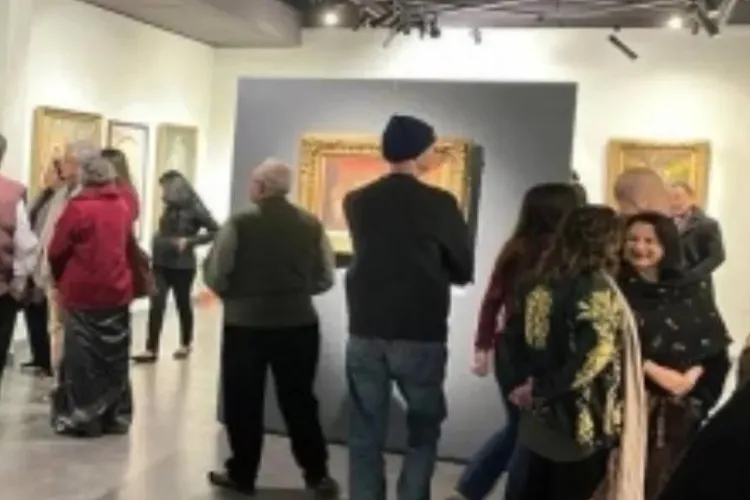
New Delhi
There were five European communities or colonies along the Hooghly River's banks: British colonies, French colonies, Danish colonies, Dutch colonies, and last but not least, Portuguese colonies.
Their colonies were mostly created for training purposes. Native artists learned how to use oil colours and to paint on canvases instead of little paper miniatures through exposure to their artistic expertise and practice.
Wealthy European or indigenous merchants and zamindars were the primary patrons of European artists. They were adopting new subjects even though they were primarily painting portraits.
These paintings are now referred to as "Early Bengal Oil Paintings" or "Dutch Bengal Paintings," which is the more common name for them. In Calcutta, formal art instruction first began in the 19th century.
ALSO READ: Kunal Jaisingh replaces Mohit Kumar in 'Durga Aur Charu'
Native artists had European-style art training before turning to their own traditional themes of Gods and Goddesses and personality portraits. The artwork on display in this exhibition dates from the late 19th through the early 20th centuries.
The historical context of the Indian Art Movement and the artistic practice of the early works in the genre of oil painting in India can both be observed and appreciated through this show.
